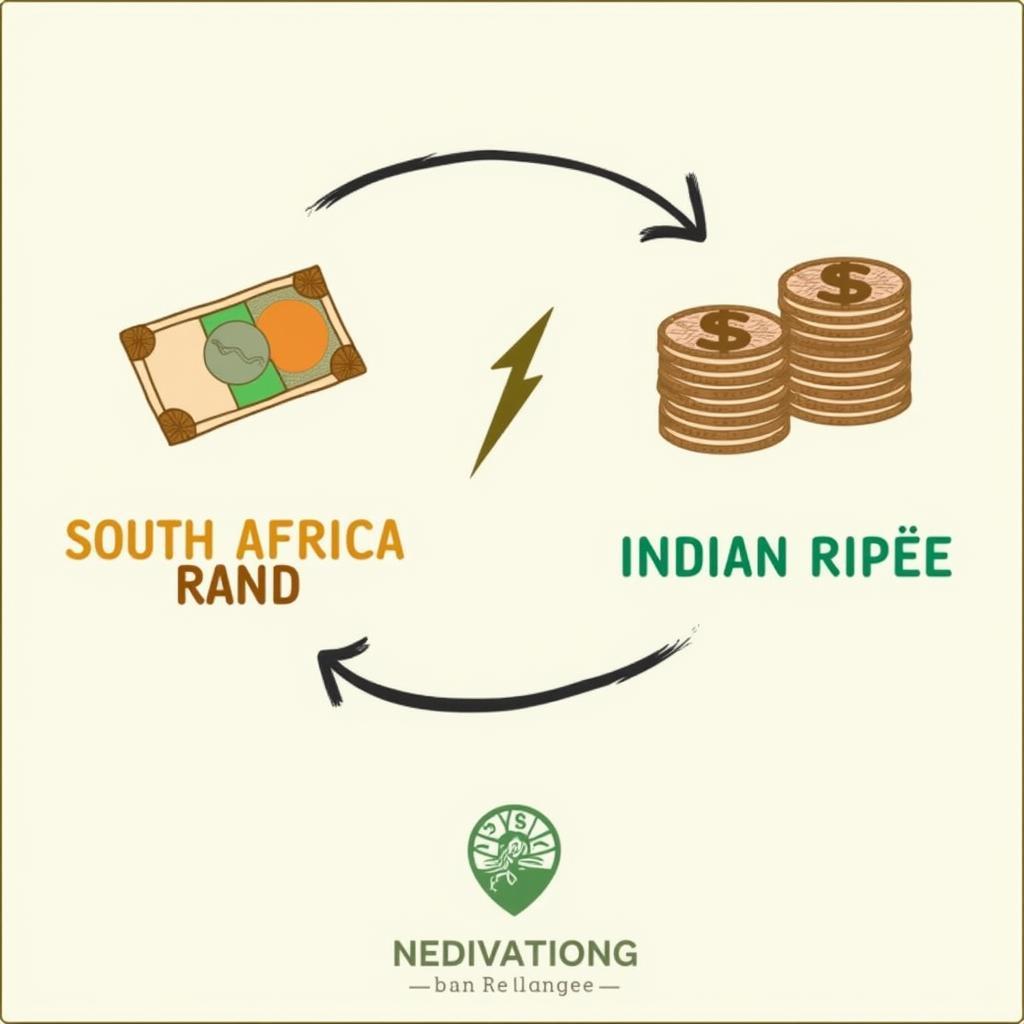African Human Head Reference: Exploring the Depths of Artistic Representation
African Human Head References have played a crucial role in artistic expression throughout history, reflecting the rich diversity and cultural significance embedded within African societies. From ancient sculptures to contemporary paintings, the human head serves as a powerful symbol of identity, spirituality, and ancestral connection. This exploration delves into the multifaceted nature of African human head references, examining their historical context, artistic styles, and enduring legacy.
The representation of the human head in African art transcends mere aesthetics; it embodies a profound connection to the spiritual realm and the continuity of life. Early examples of these representations can be found in Nok terracotta sculptures, dating back to 500 BC, showcasing stylized features and elaborate hairstyles. These early works laid the foundation for the diverse artistic traditions that would flourish across the continent. The unique artistic styles of various African cultures are evident in their depictions of the human head. For example, the Ife and Benin bronzes of West Africa demonstrate a remarkable level of realism, capturing the nuanced features of individuals with astonishing accuracy.
The Significance of Hairstyles in African Human Head Reference
Hairstyles have always held immense cultural significance in African societies, often signifying social status, age, and spiritual beliefs. Intricate braiding patterns, elaborate headwraps, and the use of adornments like beads and shells communicate complex messages about identity and belonging. These details are frequently incorporated into artistic representations of the human head, further enriching their symbolic meaning. For instance, the depiction of hairstyles in masks and sculptures provides valuable insights into the cultural practices of specific communities.
Many artists find inspiration in african human head reference art when creating their own works.
Exploring Regional Variations in African Human Head Representations
Across the vast continent of Africa, regional variations in artistic styles and cultural practices have led to a remarkable diversity in human head representations. From the elongated forms of the Fang people of Gabon to the geometric abstractions of the Makonde of Mozambique and Tanzania, each culture has developed its unique visual language. These diverse artistic expressions reflect the specific beliefs, customs, and historical experiences of different communities. The influence of these artistic traditions extends beyond the continent, inspiring artists and designers worldwide.
The Impact of Colonization and Globalization
The impact of colonization and globalization has undeniably influenced African artistic traditions, leading to both challenges and opportunities for artists. While some artists have embraced new materials and techniques, others have sought to preserve and revitalize traditional art forms. The representation of the human head continues to be a central theme in contemporary African art, reflecting the ongoing evolution of cultural identity in a globalized world.
It is fascinating to compare the African and Asian elephants facts and see how these majestic creatures are represented in different cultures.
Dr. Anika Olumide, a renowned art historian specializing in African art, states, “The human head in African art is more than just a physical representation; it’s a gateway to understanding the complex tapestry of cultural beliefs, social structures, and historical narratives that shape African societies.” Professor Kwame Asante, a leading anthropologist, adds, “Through their artistic representations of the human head, African artists have preserved and transmitted cultural knowledge across generations, ensuring the continuity of their traditions in a constantly changing world.”
Conclusion
African human head references offer a captivating glimpse into the diverse artistic and cultural landscape of the African continent. From ancient sculptures to contemporary artworks, the human head remains a potent symbol of identity, spirituality, and ancestral connection. By exploring these representations, we gain a deeper appreciation for the rich history, artistic ingenuity, and enduring cultural legacy of African societies. The study of [african human head reference] continues to provide valuable insights into the human experience.
FAQ
- What is the significance of the human head in African art?
- How do hairstyles contribute to the meaning of African human head representations?
- What are some examples of regional variations in African human head depictions?
- How has colonization and globalization impacted African artistic traditions?
- Where can I learn more about African art and culture?
- What are some key features of traditional African masks?
- How are contemporary African artists incorporating traditional themes into their work?
Interested in learning more about different aspects of African culture? You might enjoy reading about the African brown snake. Or, perhaps you’d be interested in exploring contemporary fashion trends with African American hair wigs or African American lace wigs.
When you need support, contact us at Phone Number: +255768904061, Email: [email protected] Or visit us at Mbarali DC Mawindi, Kangaga, Tanzania. We have a 24/7 customer service team.

